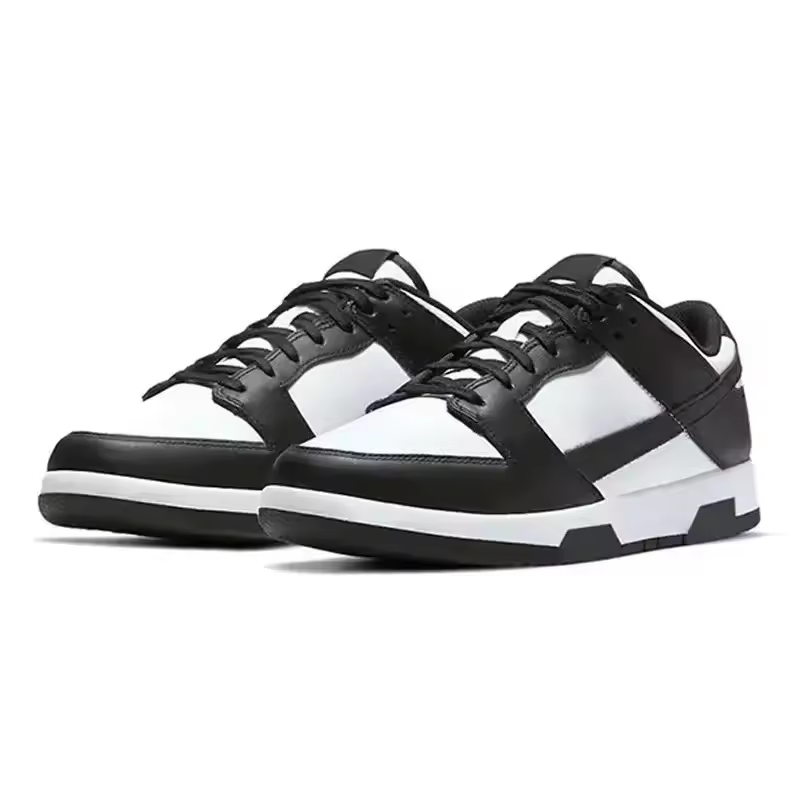
Running Shoes for Flat Feet: Top Picks and Expert Buying Guide
Introduction: Why Running Shoes for Flat Feet Matter
Running shoes for flat feet are not a luxury—they’re a necessity for runners whose feet lack natural arch support. Flat feet, characterized by a collapsed arch, often lead to overpronation (excessive inward rolling of the foot), which can cause knee pain, shin splints, and plantar fasciitis. A well-designed shoe stabilizes the foot, reduces strain, and enhances performance. This guide will walk you through key features to look for, top brands, and personalized recommendations to find the perfect pair for your needs.
Transitioning from general running shoes to those tailored for flat feet requires understanding biomechanics and material science. From motion control to cushioning, every detail matters. Let’s dive into how to make an informed choice that keeps you running comfortably mile after mile.
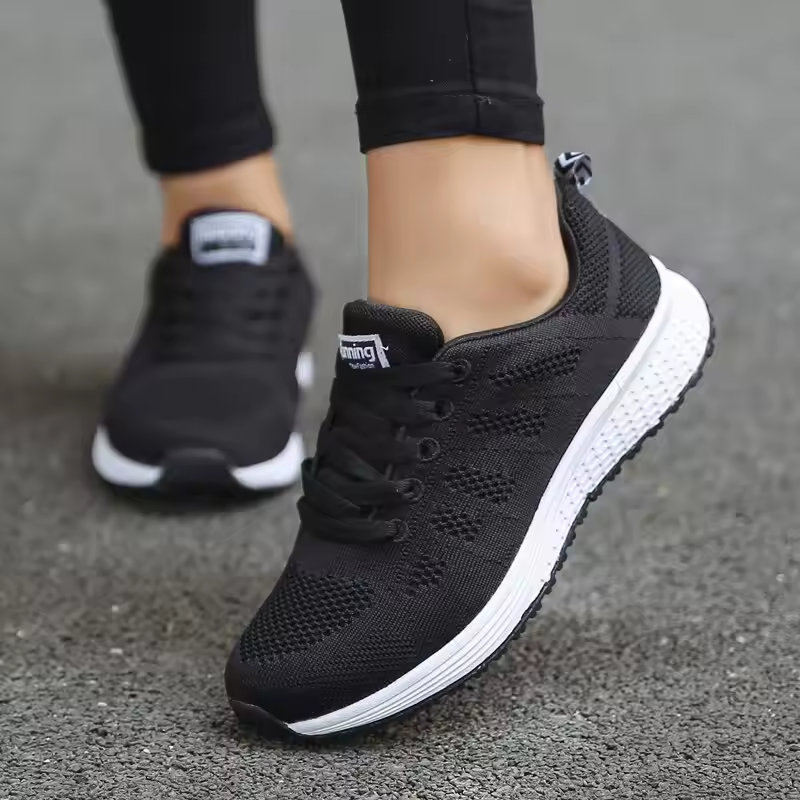 Understanding Flat Feet and Their Impact on Running
Understanding Flat Feet and Their Impact on Running
To select the right running shoes, first grasp how flat feet affect gait and foot mechanics:
What Are Flat Feet?
- A condition where the foot’s arch touches the ground fully during standing.
- Often genetic but can develop due to injury, obesity, or aging.
Running Challenges for Flat-Footed Runners
- Overpronation: Excessive inward roll stresses ankles, knees, and hips.
- Lack of Shock Absorption: Flat feet transmit more impact to joints.
Why Standard Shoes Fail
- Thin soles or insufficient arch support worsen overpronation.
- Neutral shoes may feel unstable or cause discomfort.
Key Features to Look for in Running Shoes for Flat Feet
When evaluating running shoes for flat feet, prioritize these design elements:
1. Motion Control
- What It Does: Inhibits excessive inward rolling via rigid materials (carbon fiber, medial posts).
- Ideal for Severe Overpronation: Brooks Adrenaline GTS, ASICS GT-2000.
2. Arch Support
- Built-in Arch Structures: Look for dual-density midsoles or anatomical arch cups.
- Custom Orthotics Compatibility: Some shoes accommodate inserts (e.g., Saucony Guide).
3. Firm Midsole
- Stiffness: Reduces pronation better than soft midsoles (e.g., HOKA One One Clayton).
- Material: Polyurethane (PU) or foam with high-density zones.
4. Heel Stability
- Counter Support: Rigid heel cups prevent slipping and stabilize the rearfoot.
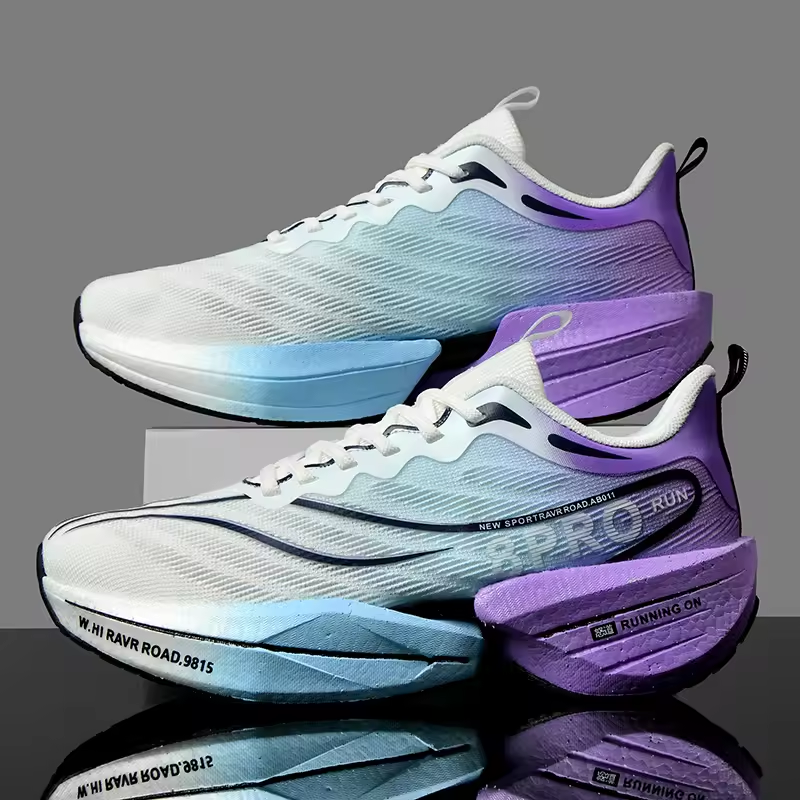 Top Brands Specializing in Running Shoes for Flat Feet
Top Brands Specializing in Running Shoes for Flat Feet
Several brands excel in crafting shoes for flat feet. Here’s a breakdown of their innovations:
1. Brooks
- Flagship Model: Brooks Adrenaline GTS
- Strengths: Segmented crash pad, DNA LOFT cushioning, and a medial post for overpronation.
2. ASICS
- Top Pick: ASICS GT-2000
- Technology: Guidance Line® midsole groove and FlyteFoam for responsiveness.
3. Saucony
- Best for Neutral to Mild Overpronation: Saucony Guide
- Details: EVERUN topsole for continuous cushioning and a stable heel.
4. HOKA One One
- Unique Approach: Meta-Rocker geometry and ultra-cushioned midsoles (e.g., HOKA Clayton).
5. New Balance
- Signature Model: New Balance 860v15
- Key Feature: ENCAP® midsole and Abzorb® cushioning for shock absorption.
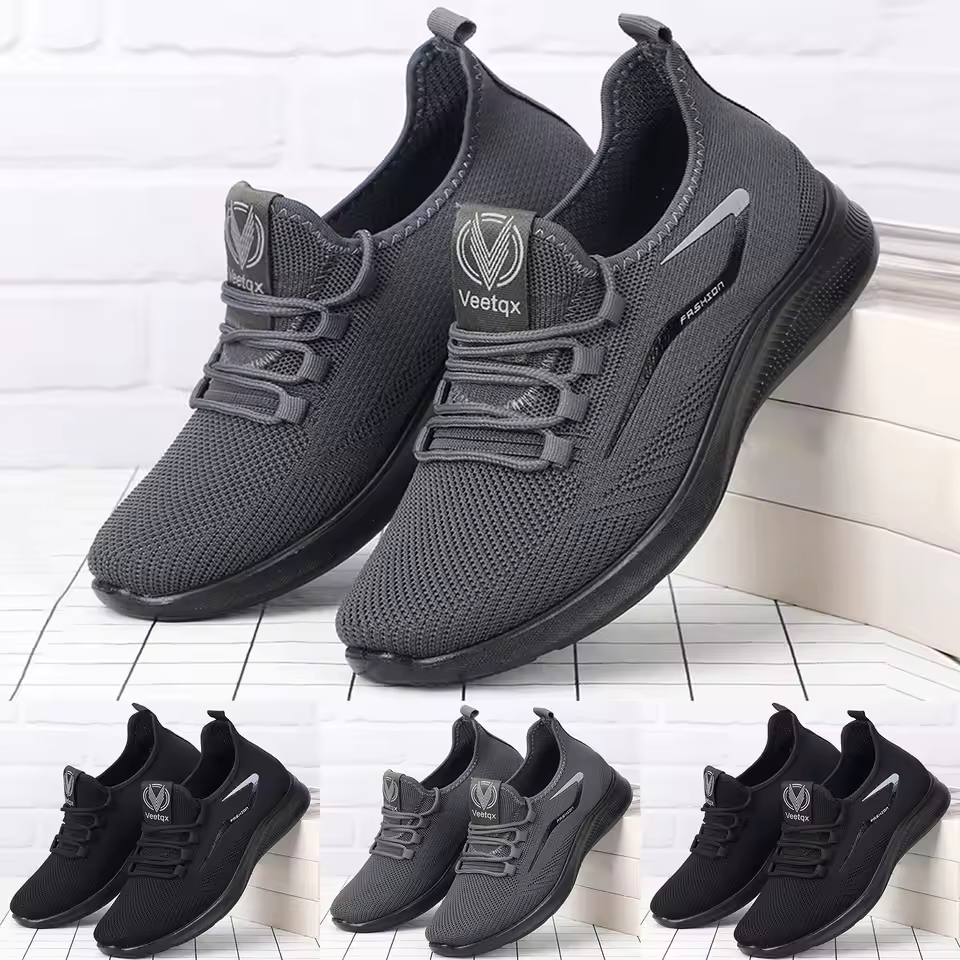 The Best Men’s Running Shoes for Flat Feet: 2025 Picks
The Best Men’s Running Shoes for Flat Feet: 2025 Picks
The 2025 running shoe market introduces cutting-edge technologies tailored for flat-footed runners, prioritizing stability, comfort, and innovation. Below are the top contenders:
1. Brooks GTS 22 (2025 Edition)
Why It Stands Out:
- New Adaptive Arch System: A pressure-sensitive midsole that molds to the user’s foot shape.
- Carbon Fiber Shank: Reduces overpronation by 30% compared to previous models.
- Sustainability: Made with 80% recycled materials, including algae-based foam.
Who It’s For: Long-distance runners seeking eco-friendly options with advanced motion control.
2. ASICS GT-2000 11
Key Innovations:
- NeuRG Arch Support: A 3D-printed arch cup that adapts to foot movement.
- FlyteFoam Pro: Lighter and more responsive than prior FlyteFoam iterations.
- Wet Grip Outsole: Ideal for runners in humid climates.
Best For: Neutral runners with mild to moderate overpronation.
3. HOKA MetaClayton 6
Unique Features:
- Meta-Rocker 3.0: Enhanced geometry for a smoother, faster ride.
- ISOFit Upper: Stretchable collar for a custom fit.
- Foam Density Gradient: Stiff midfoot for stability, soft forefoot for comfort.
Suited For: Tempo runners or trail enthusiasts needing stability without bulk.
4. Saucony Guide Speed 17
Performance Highlights:
- EVERUN+ Cushioning: 20% more energy return than the previous model.
- HyperGuide Technology: A reinforced midsole rail to prevent inward roll.
- Breathable Mesh: Engineered for heat dissipation during intense runs.
Ideal For: Speed-focused runners with moderate overpronation.
5. New Balance 860v16 “Supreme Stability”
2025 Upgrade:
- ENCAP+ Midsole: A hybrid foam system combining cushioning and firmness.
- Fresh Foam X: Enhances responsiveness underfoot.
- 360° Reflective Accents: Safety for early-morning/night runs.
Best For: Daily joggers prioritizing durability and all-day comfort.
2025 Trends in Flat-Foot Running Shoes
- AI-Powered Customization: Brands like On Running and Under Armour are integrating apps that suggest shoe models based on gait analysis.
- Biodegradable Materials: More shoes use mushroom-based foams (e.g., Bolt Threads Mylo™).
- Lightweight Motion Control: Shoes under 10 oz while retaining stability features (e.g., HOKA MetaClayton 6).
 How to Choose the Right Running Shoes for Flat Feet: A Step-by-Step Guide
How to Choose the Right Running Shoes for Flat Feet: A Step-by-Step Guide
Selecting the ideal running shoes for flat feet requires a systematic approach to avoid injury and boost performance. Follow this expert guide:
1: Diagnose Your Foot Type and Gait
- Arch Test:
- Wet your feet and step on paper.
- Flat Feet Indication: A full footprint with minimal or no arch curve.
- Gait Analysis:
- Self-Test: Record a video of yourself running at a natural pace.
- Look For: Does your ankle roll inward excessively? This signals overpronation.
2: Determine Your Running Style and Needs
- Distance:
- Long-Distance (Marathons): Prioritize cushioning and durability (e.g., Brooks GTS 22).
- Speedwork/Tempo Runs: Opt for lightweight stability (e.g., Saucony Guide Speed 17).
- Terrain:
- Road Runners: Focus on smooth-riding shoes like HOKA MetaClayton.
- Trail Runners: Choose shoes with rugged outsoles and midsole stability (e.g., Salomon X Ultra 5).
3: Focus on Key Features
1. Arch Support
- Built-In Solutions: Look for anatomical arch cups (e.g., ASICS GT-2000 11).
- Custom Orthotics Compatibility: Ensure removable insoles (e.g., New Balance 860v16).
2. Motion Control
- Medial Posts: Firm foam inserts on the inner midsole to resist rolling.
- Stiffness Index: Higher density in the midfoot (e.g., Brooks’ Segmented Crash Pad).
3. Heel Stability
- Rigid Counters: A reinforced heel cup to prevent slipping.
- Stack Height: 12–15 mm drop (heel-to-toe) for natural alignment.
4: Fit and Comfort Test
Fit Checklist:
- Toe Room: Wiggle toes freely; no compression at the front.
- Midfoot Wrap: The upper should hug the foot without squeezing.
- Arch Support: Press inward on the midfoot—does the shoe flex evenly?
Comfort Test:
- Walk/Walk: Spend 10 minutes walking in the store.
- Run Test: Some retailers allow short treadmill trials.
5: Consider Your Budget and Lifestyle
- Budget-Friendly: Saucony Guide 17 or ASICS GT-2000 11 (under $150).
- Mid-Range: Brooks GTS 22 or HOKA MetaClayton 6 (150–200).
- Premium Options: New Balance 860v16 with custom orthotic compatibility ($200+).
6: Post-Purchase Tips
- Break-In Period: Wear 15-minute increments daily for the first week.
- Sock Pairing: Use moisture-wicking compression socks to enhance stability.
- Maintenance: Air out shoes daily and replace every 300–500 miles.
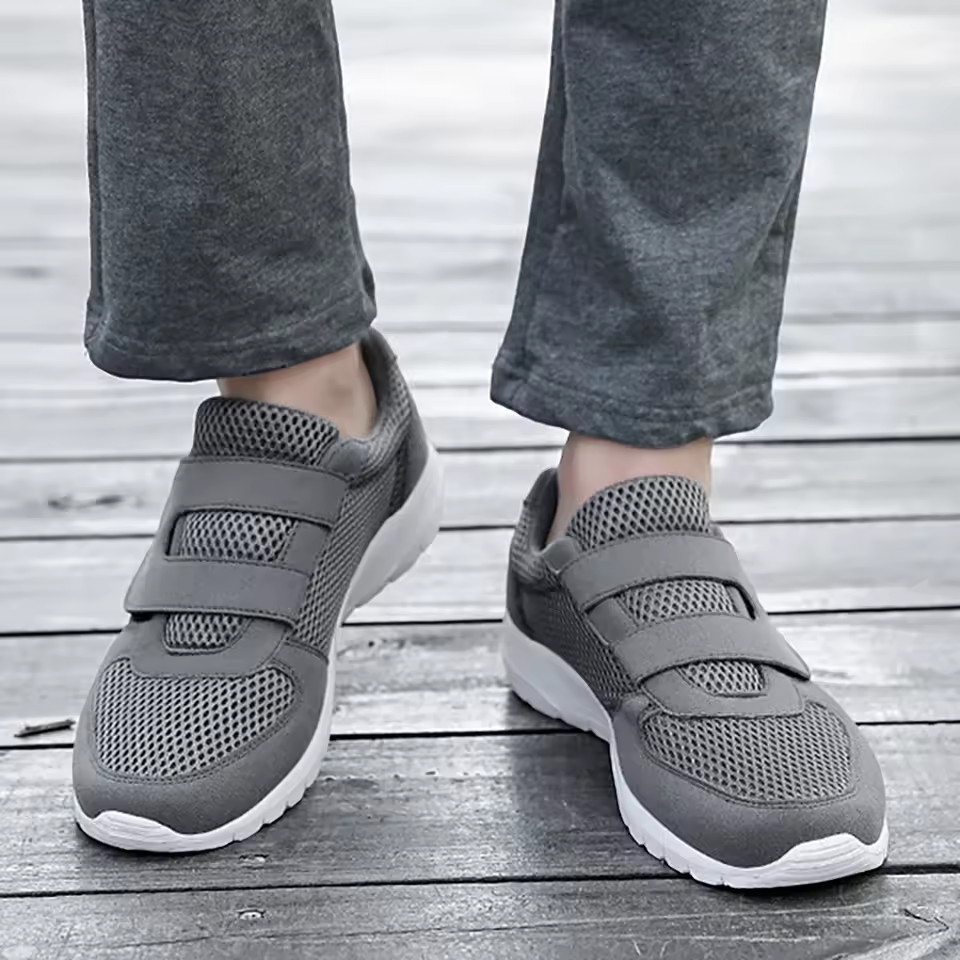 Common Mistakes to Avoid When Buying Running Shoes for Flat Feet
Common Mistakes to Avoid When Buying Running Shoes for Flat Feet
Even informed buyers can stumble into pitfalls:
1: Buying by Aesthetic Alone
- Fix: Prioritize stability tech over color/style.
2: Ignoring Shoe Weight
- Balance: Motion control shoes can be heavy; opt for lightweight models like HOKA Clayton if you prefer speed.
3: Disregarding Sock Compatibility
- Tip: Wear running socks to test fit (thick socks may compress arch support).
4: Overlooking Orthotic Needs
- Solution: Ensure shoes have removable insoles for orthotic insertion.
Conclusion: Empower Your Runs with the Right Footwear
The right running shoes for flat feet transform pain into performance, offering support and confidence with every stride. By focusing on motion control, arch support, and brand-specific innovations, you can curb overpronation and protect joints.
Experiment with our recommended models, prioritize a proper fit, and don’t hesitate to consult a specialist for custom orthotics. Your next race or jog awaits—equipped to embrace the miles comfortably.